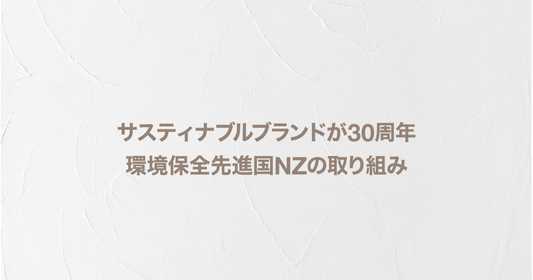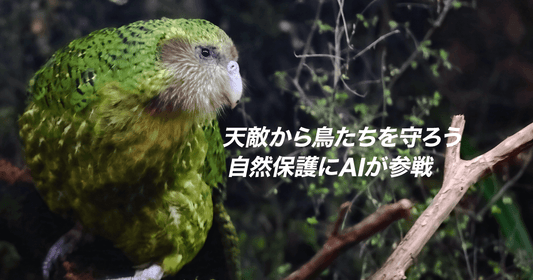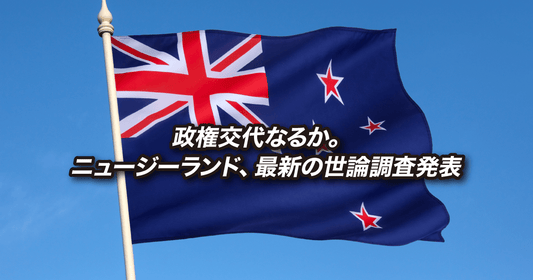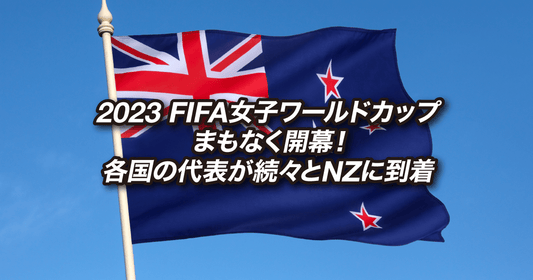
Central Otago is a region that has attracted worldwide attention as a renowned producer of Pinot Noir.
On 1 February 2022, the New Zealand Intellectual Property Office registered the subregion , "Bannocburn" , as an official geographical indication (GI) for wine production.

GI stands for Geographical Indication , a system that registers and protects regional specialty products as intellectual property. It is operated under treaties and laws in various countries around the world, and agricultural products, livestock products, alcoholic beverages, etc. are registered under this GI.
If you say all over the world, does that mean you can find them in Japan too?
Yes, we have it in Japan too. Some easy-to-understand examples are Kobe beef and Yubari melon. For Japanese wine, GI Yamanashi was the first to be approved, followed by Hokkaido, Nagano, Yamagata, and Osaka.
The purpose of the registration and protection of local specialty products and place names is to maintain their appropriate evaluation and value. This not only protects the interests of producers, but also helps protect the "trust and credibility" of the products among consumers.
It's a system that gives local specialties the name of their region, protects them, and increases their value !
Bannockburn becomes first GI certified cow
Central Otago, New Zealand's southernmost wine region, currently has six sub-regions.
Until now, each sub-region has been working towards its own GI registration with the support of the wine producers' association, Central Otago Wine Growers .
Among them, "Bannockburn" was the first to receive GI certification. By being registered as a GI, the name of the land "Bannockburn" is legally protected both inside and outside New Zealand.
Jake Tipler, General Manager of Central Otago Winegrowers, said:
Bannockburn's inclusion will pave the way for other sub-regions to apply for GI status.
The Central Otago brand name is paramount to the region, but there have been concerns that the labelling of smaller sub-regions (which has not previously been legally binding) could result in some wines being mislabelled.
Subregions create important complexities and subtle differences in wine, and I hope that their uniqueness will be firmly protected by GI in the future.
Source: THE COUNTRY (Wine region Bannockburn registered as a Geographical Indication)
He said.
Bannockburn is a basin-shaped region and is the warmest and driest area in the cool Central Otago region.
The Pinot Noir produced in this region is characterized by a soft structure and rounded fruit flavor, and many high-quality wines that can be aged for a long time are produced here.
The Bannockburn style has come to be an iconic symbol of Central Otago, and since the late 1990s has garnered international acclaim and attention.
Bannockburn is famous for its wineries such as Felton Road, Mount Difficulty and Carrick!
Impressions of Iwasu
In addition to Bannockburn, Central Otago includes other sub-regions such as Gibbston, Wanaka, Cromwell and Alexandra.
When I visited Central Otago some time ago, I drove around these wine-producing areas. What impressed me as I drove around was that vineyards and wineries are scattered over a fairly wide area in Central Otago.
Of course, each region has its own climate and soil, and the wines produced there have different characteristics.
The fact that Bannockburn, famous for producing high-quality Pinot Noir, has been registered as the first GI region will be a boost for other sub-regions to receive certification in the future. If that happens, producers will likely pursue the individuality of their own areas even more.
As a wine fan, I would be happy if more wineries were to think about enhancing both their own brand and the brand of the land.






